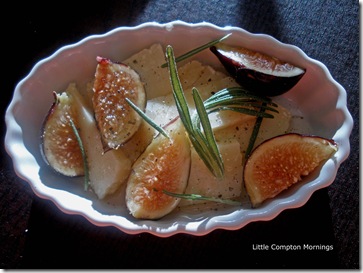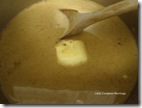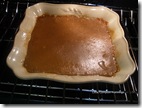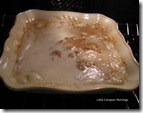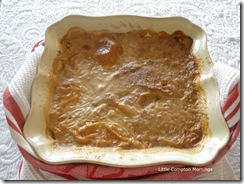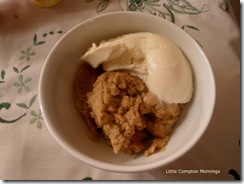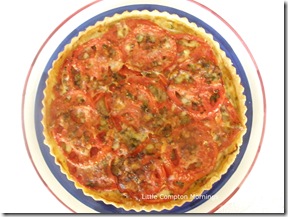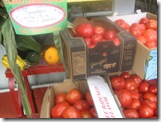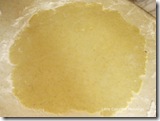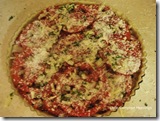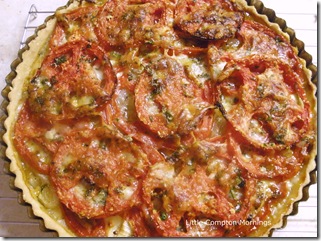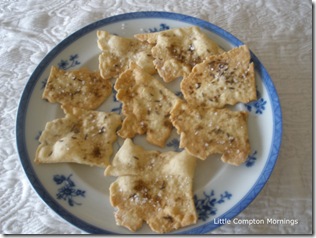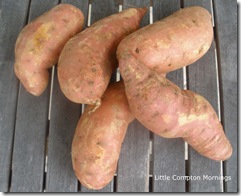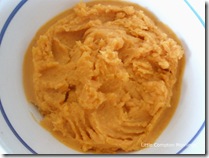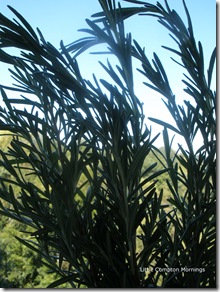 Rosemary is for remembrance, so as the nights cool and fall is officially upon us, we should not forget her. It’s not quite time to bring in the herbs for drying before there is a sudden frost, but it’s getting close enough that we should probably put our fresh herbs to use as often as we can, while we can. It’s easy enough to use up the basil and parsley; one scarcely needs, or even wants, to think beyond pesto for the freezer, to be taken out in the dead of winter, or a hearty tabouli that has the additional virtue of using up the last of the tomatoes. Even the abundant sage lends itself to treatments that quickly utilize its production: frying up the leaves produces a wonderful crunchy salted appetizer or garnish for a rustic plate. But rosemary presents a little more of a challenge. It is very strong and astringent, almost piney, and its leaves are stiff and stems are woody. It always seems easiest to dry the branches, shred off the leaves, and save them for what we normally would use the fresh branches for: stuffing into a chicken, or using sparingly in a marinade for lamb or poultry, or to scatter over the grill to scent the smoke as we cook.
Rosemary is for remembrance, so as the nights cool and fall is officially upon us, we should not forget her. It’s not quite time to bring in the herbs for drying before there is a sudden frost, but it’s getting close enough that we should probably put our fresh herbs to use as often as we can, while we can. It’s easy enough to use up the basil and parsley; one scarcely needs, or even wants, to think beyond pesto for the freezer, to be taken out in the dead of winter, or a hearty tabouli that has the additional virtue of using up the last of the tomatoes. Even the abundant sage lends itself to treatments that quickly utilize its production: frying up the leaves produces a wonderful crunchy salted appetizer or garnish for a rustic plate. But rosemary presents a little more of a challenge. It is very strong and astringent, almost piney, and its leaves are stiff and stems are woody. It always seems easiest to dry the branches, shred off the leaves, and save them for what we normally would use the fresh branches for: stuffing into a chicken, or using sparingly in a marinade for lamb or poultry, or to scatter over the grill to scent the smoke as we cook.
But there are other uses for this assertive herb, and they fall into the category of preserving their fresh taste for a punch of summertime flavor when we most need it, in the dark days of winter. Rosemary makes wonderful jelly for serving on muffins or biscuits or as an accompaniment to lamb, veal, or poultry. It can be used to infuse oils and vinegars for salads, for dipping bread, or for pickling or marinating bright vegetables such as carrots. Another nice way to use it is to make this syrup, which is pretty versatile. You can use it in drinks calling for simple syrup for an unusual cocktail; every time I try one of my preserves in a drink recipe (I have used rose hip syrup and pickled sour cherries, among others), I am always pleased. Rosemary syrup is excellent over cheese, alone or with fresh or dried fruit; try it with parmesan, gouda, or a tangy goat cheese. And it makes for a nice dessert, 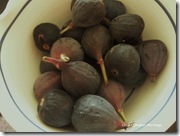 simply poured over pound cake or vanilla ice cream and, if you have it, a little fresh grilled fruit such as figs or pears, or some lightly sautéed apples.
simply poured over pound cake or vanilla ice cream and, if you have it, a little fresh grilled fruit such as figs or pears, or some lightly sautéed apples.
So remember rosemary as you put your herbs away for the year. And of course, if you forget, she will be back, loyally popping up out of the ground next year to remind you of her virtues.
Rosemary Syrup
In keeping with the Mediterranean roots of Rosemary, I use honey; you can use all sugar if you like. Makes about 1 1/2 cups.
½ cup rosemary leaves, stripped and firmly packed
1 cup boiling water
¼ honey, preferably from fruit or wildflowers
2/3 cup sugar
3 dime-size pieces lemon zest
1-2 drops pure orange oil (optional)
1 T white balsamic vinegar
2” piece fresh stick cinnamon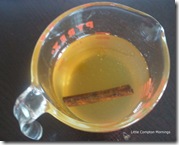
Make an infusion: pour the boiling water over the rosemary leaves in a small bowl. Cover and let steep about 10 minutes.
In a small saucepan, put the honey, sugar, lemon rind and orange oil if using, vinegar, and cinnamon. Strain the rosemary infusion into the pan, discarding the spent leaves, and stir to combine. Bring the mixture to a boil, reduce somewhat, and let bubble for 5-10 minutes, until it forms a light syrup; you can boil it down to be a little thicker if you wish, but it is more versatile if it is thin.
Strain into a measuring cup or small bowl, transferring the cinnamon stick from the strainer to the syrup; leave it in while the syrup cools. Store in the refrigerator.
